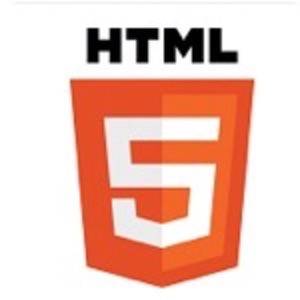HTML5 and the mobile Web is starting to catch up with native apps, at least in terms of developer attention. Many developers are rushing to create HTML5-ready mobile websites or hybrid apps and need the proper tools to create dynamic apps that will function across platforms. As such, there is an arms race in the HTML5 ecosystem to create tools that developers will need to produce quality apps and content for the mobile Web, Android and iOS.

Within the last several weeks there have been several companies that have released products for HTML5 developers. Sencha released Touch 2, appMobi upgraded jqMobi to its first public version, Brightcove made updates to its App Cloud and Adobe continues to invest in HTML5 tools. Frameworks like Zepto.JS and jQuery Mobile have environments and libraries for developers. What company has the best offering? That is the topic of this week’s ReadWriteMobile poll.
Netbiscuits launched a “Tactile” HTML5 framework yesterday to enter the HTML5 utility arms race. It combines server and client-side optimization, device detection, progressive enhancement and responsive design to give developers a tool that can create apps that will render on any device. Like the other tools, Netbiscuits uses Web standards such as HTML5 and CSS3 to create and deploy apps quickly and efficiently.
AppMobi continues to trudge along with its controversial jqMobi product, an HTML5 framework for creating hybrid and HTML5 Web apps. AppMobi utilizes nearly 60 APIs and is tackling large ecosystem challenges like how to deploy mobile Web apps, rendering on Android, HTML5 sound issues and game development. It has a PhoneGap XDK to wrap HTML5 apps for deployment in Google Play and the App Store.
Sencha’s Touch 2 is a robust update to its framework that came out of beta earlier this month. Like appMobi, Sencha also promises to work on Android enhancement. One of the unique features with Sencha Touch 2 is that it allows developers to create iOS apps from a Windows machine, streamlining the development process for many developers. Sencha wants to be the end-to-end solution for developers with Sencha Animator, Designer and Sencha.io, its cloud solution.
Brightcove and Conduit have similar offerings that allow users that are not experts in coding to create custom templates and themes for HTML5 development and wrapping. Brightcove is an enterprise solution that is free to use until the point where you get the actual binary to ship to Google Play or the App Store (it is $15,000 for the premium edition). Brightcove considers itself a content hosting platform and that is more than just videos as it branches into app development as well. Conduit created a similar dashboard where developers can pull content from a variety of sources, package it and wrap it for publication on the mobile Web, Android, Windows Phone, BlackBerry, Bada or iOS.
Adobe is letting Flash die a slow and painful death but is focusing on creating tools for HTML5 developers. It acquired Nitobi, the makers of PhoneGap, in the fall of 2011 and has been aggressively rolling out HTML5 tools for developers since. It is almost ready to ship Adobe Edge for motion and interaction design. Adobe still has a variety of options for developers looking to create rich content.
Zepto.JS and jQuery Mobile are standard JavaScript frameworks with good libraries that developers have to trust and rely on. Zepto is a JavaScript framework for mobile WebKit browsers while jQuery Mobile is a HTML5-based framework optimized for smartphones and tablet. jQuery is considered one of the standards for many developers looking to get into mobile development.
Appcelerator also provides tools for mobile development but its HTML5 efforts are still in nascent form so we will exclude them from this specific poll.
So, who wins? What framework and tool set attracts developers and makes life easiest? Take the poll below and let us know what you have tried and what you think of the ecosystem in the comments.









